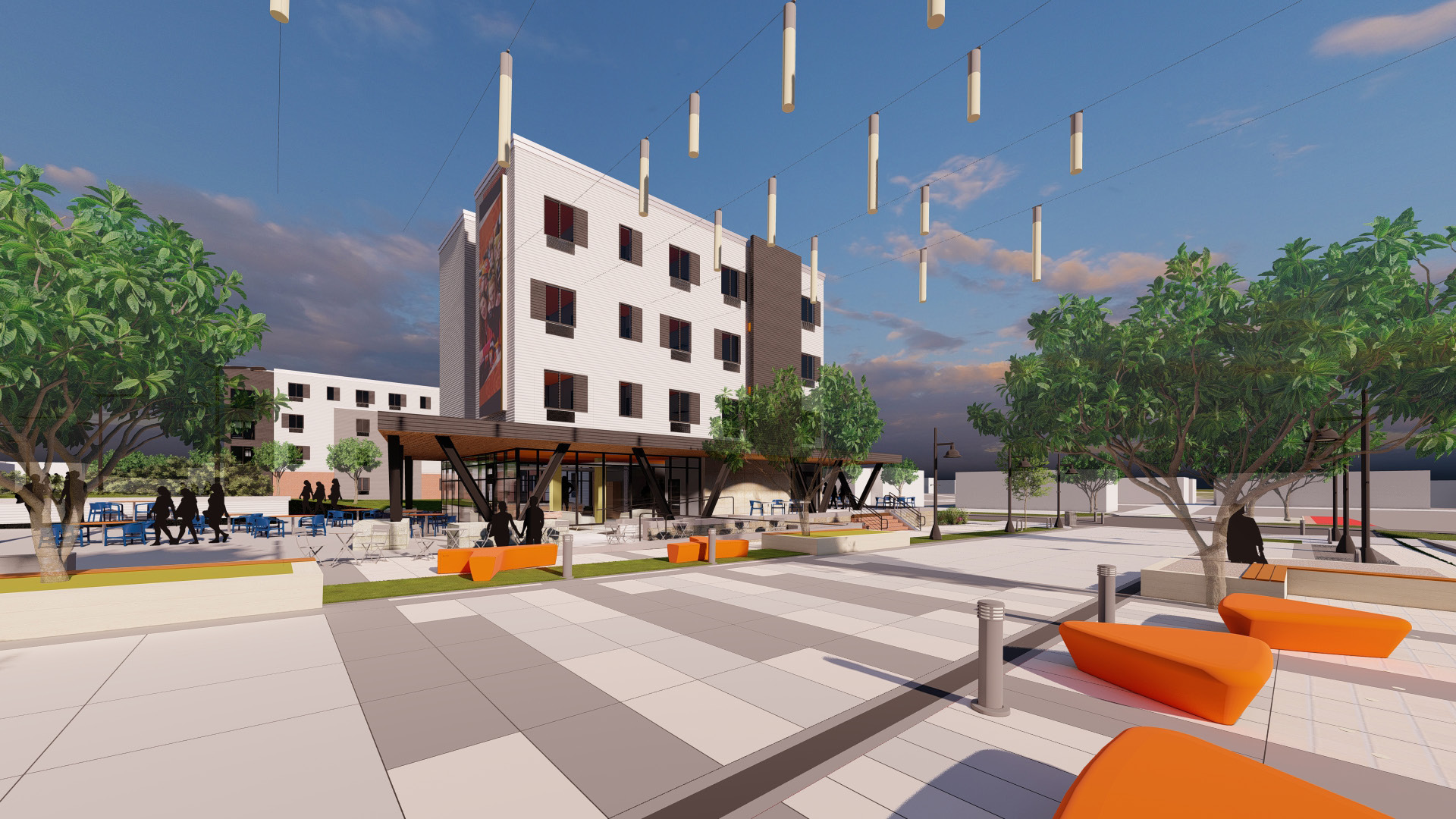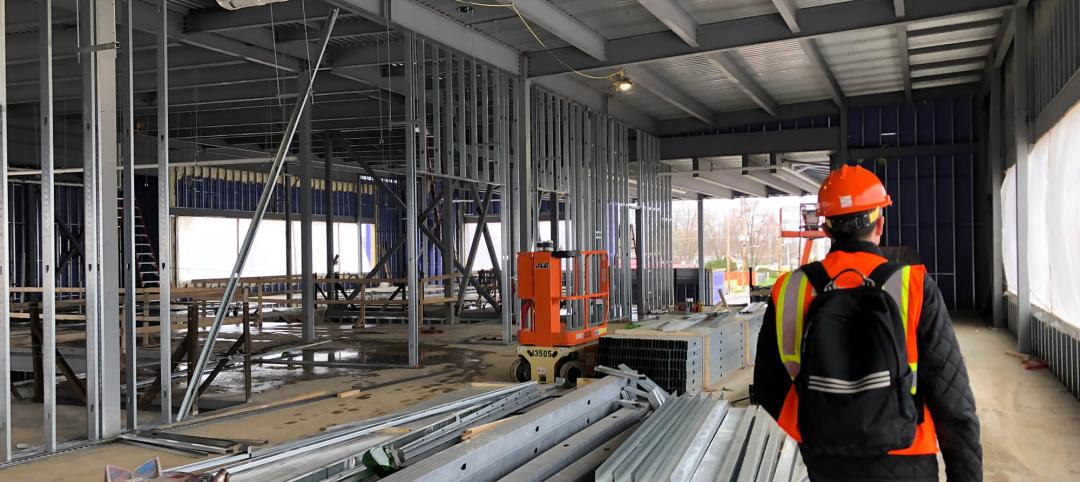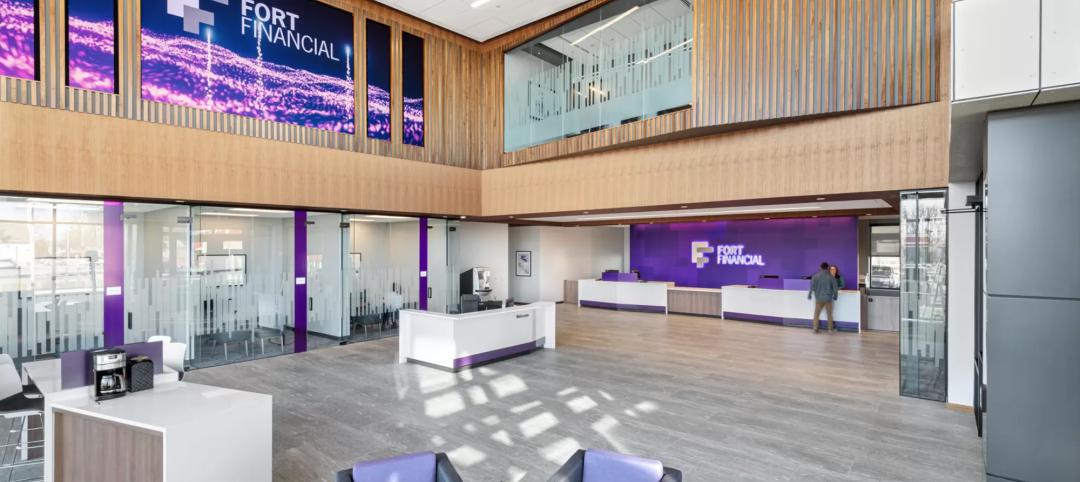College is an important milestone for many, and choosing the right institution to attend can be a difficult decision. For most, this is their first time living away from home, and student housing can be an important factor in their selection of which college they attend. Once there, countless studies have confirmed that students are more likely to graduate when they live on campus, particularly when the on-campus experience encourages student learning and engagement.
Because of this, colleges and universities are investing in creating housing environments that encourage students to stay and become invested in their institution through safe, supportive, and community-driven spaces that connect with the university’s unique identity. We call these student-first spaces.
Let’s take a look at some of the ways student housing on-campus can encourage students to choose their college or university and find their place to learn and grow:
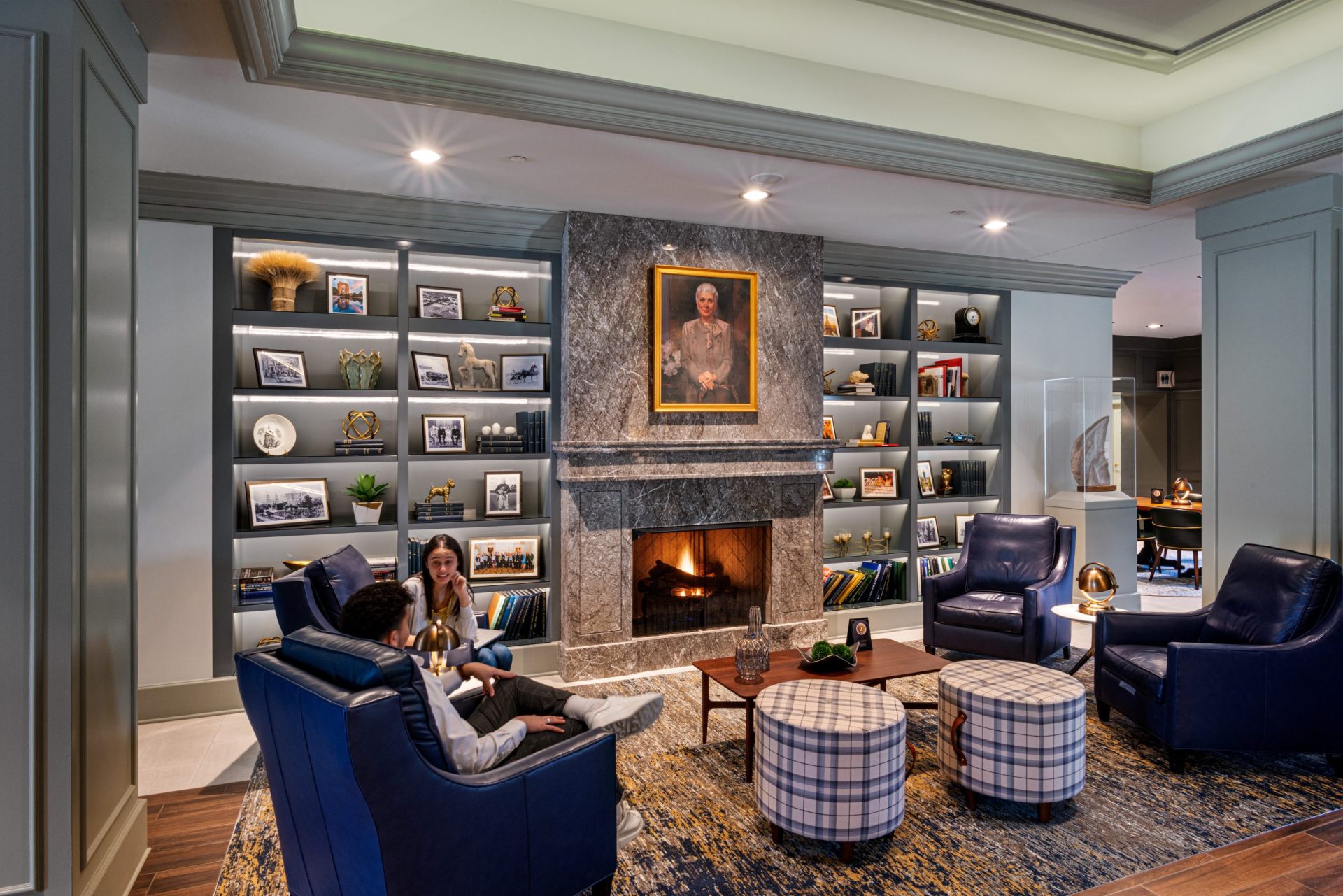
1. Creating a Sense of Community – On-campus housing allows for increased convenience of access to resources such as libraries, athletic centers, healthcare facilities, and dining options. Well-designed student housing multiplies this convenience by adding community hubs and nooks for students to relax or study with one another. By providing students with spaces for interaction, they are more likely to stay connected to the school, form relationships and support networks with their peers and participate in campus activities.
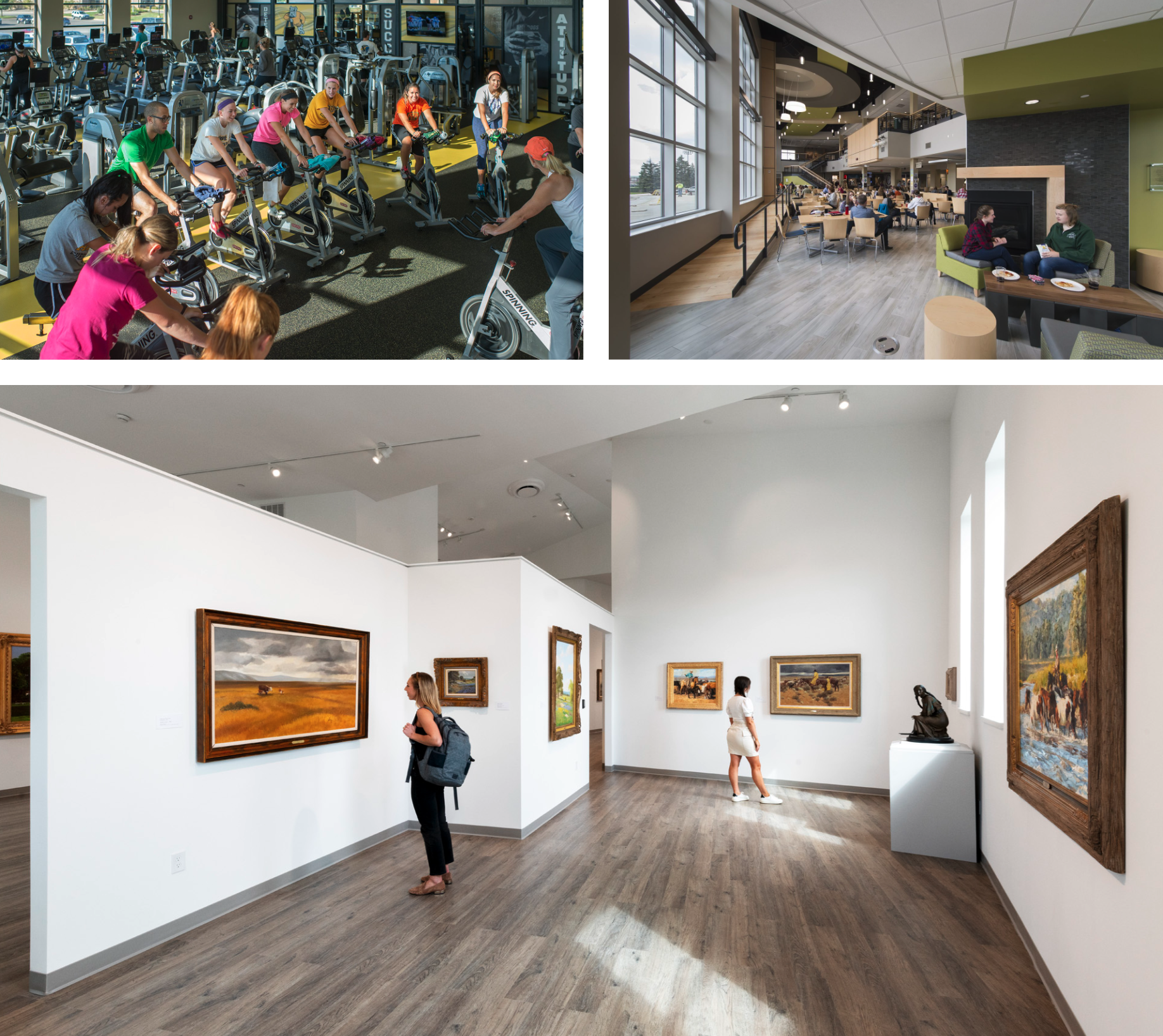
2. Easy Access to Campus Amenities – On-campus housing also provides students with an easy way to access various amenities around campus, such as food courts, fitness centers, art galleries/studios, sports complexes, and academic buildings. This encourages students to take advantage of all that their college or university has to offer, making them more likely to feel strongly connected with their surroundings and see the campus as their home.
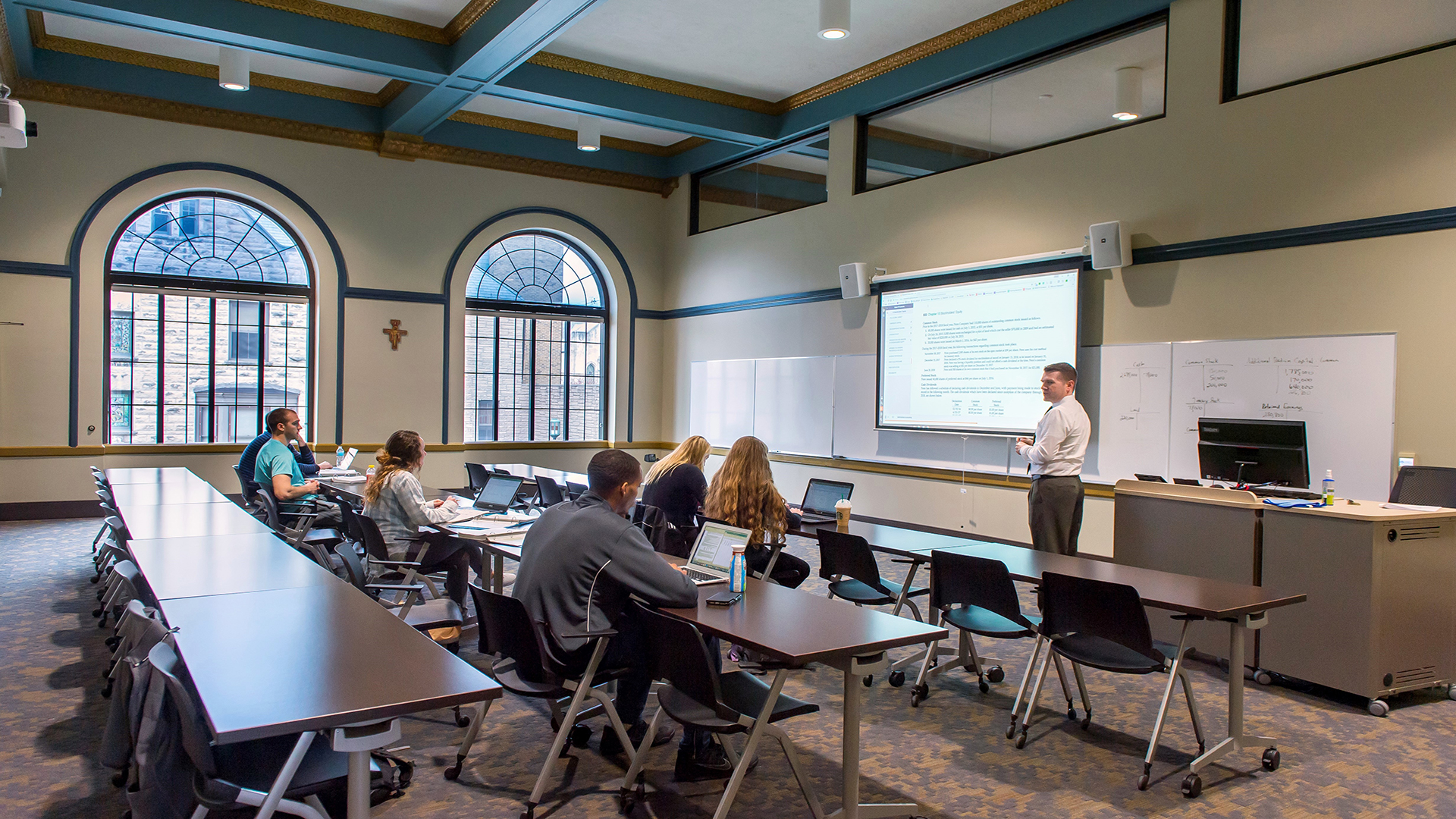
3. Engagement in Campus Life and Academics – Living on campus also allows students to become actively involved with the activities, events, and other areas of campus life. This kind of engagement helps create an environment that encourages students to stay enrolled and become dedicated to their institution, resulting in increased enrollment rates as well as improved retention rates. When students are comfortable and have all of their needs met, they are better able to thrive on their academic journey.
By providing on-campus housing with the focus on student comfort, convenience, and engagement, colleges and universities can successfully increase enrollment by making their campuses more attractive to prospective applicants. Increased enrollment allows them to provide better learning opportunities and resources to create an environment of success for their students.
At the end of the day, providing quality student housing is an important factor when it comes to increasing college/university enrollment. With proper planning and design, affordable on-campus housing can enhance a sense of community and foster student engagement, leading to higher retention rates as well as an increased number of applicants. This is the power of student engagement at its finest.
About the Author
Nathan Woods, AIA, is a Partner, Education Market Leader, and Senior Architect with Design Collaborative. Woods has been with Design Collaborative for over 9 years. He is a project manager and architect. Nathan is a member of the American Institute of Architects and the United States Green Building Council. Involved in over 150 projects at Design Collaborative, Nathan has had the opportunity to lead several major projects. Some of these projects include the Metro Building Renovation, Auer Arts Center, and Taylor University Film and Media Production Building.
More from Author
Design Collaborative | Oct 14, 2024
Higher education design for the first-gen college student
In this Design Collaborative blog, Yogen Solanki, Assoc. AIA, shares how architecture and design can help higher education institutions address some of the challenges faced by first-generation students.
Design Collaborative | Sep 16, 2024
Maximizing office square footage through ‘agile planning’
Lauren Elliott, RID, NCIDQ, Director of Interior Design, Design Collaborative, shares tips for a designing with a popular and flexible workspace model: Agile planning.
Design Collaborative | Aug 5, 2024
Mastering the art of project schedule: Expert insights on design and construction
We sat down with two experts in the design field, Ron Dick (Founding Partner and Architect) and Mike Niezer (COO and Architect), to talk about everything you need to know about the entire process.
Design Collaborative | Jul 1, 2024
Mastering office layouts: 5 primary models for maximum efficiency and productivity
When laying out an office, there are many factors to consider. It’s important to maximize the space, but it’s equally important to make sure the design allows employees to work efficiently.
Design Collaborative | Jun 3, 2024
Escalation: Predicting project costs in a volatile market
Thad Berkes, Chief Cost Estimator, Design Collaborative, shares that one of the major hurdles that Design Collaborative attempts to forecast for its commercial construction projects is escalation.
Design Collaborative | Mar 4, 2024
Illuminating your path to energy efficiency
Design Collaborative's Kelsey Rowe, PE, CLD, shares some tools, resources, and next steps to guide you through the process of lighting design.
Design Collaborative | Feb 1, 2024
Prioritizing water quality with the WELL Building Standard
In this edition of Building WELLness, DC WELL Accredited Professionals Hannah Arthur and Alex Kircher highlight an important item of the WELL Building Standard: water.
Design Collaborative | Jan 19, 2024
How to strengthen office design as employees return to work
Adam James, AIA, Senior Architect, Design Collaborative, shares office design tips for the increasingly dynamic workplace.
Design Collaborative | Dec 12, 2023
Transforming workplaces for employee mental health
Lauren Elliott, Director of Interior Design, Design Collaborative, shares practical tips and strategies for workplace renovation that prioritizes employee mental health.
Design Collaborative | Nov 2, 2023
3 fundamental steps to crafting the ideal branch
Jared Monce, AIA, Architect, Design Collaborative, shares three guidelines when designing branches for financial institutions.

